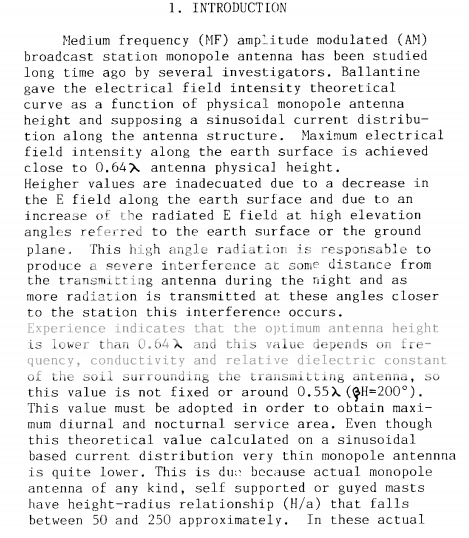we have looked for the source of the .64 rumour to no avail, hygain missed out on some advertising bumfluffery by calling the penetrator a "true full length 5/8wave"
nec models don't indicate thats true, none of the antenna smart folk that i can find mention it, they tell you that extending too far causes pattern break up,
we have no way to determine what is and is not a .64wave when dealing with a tapered tube schedule outside of modeling software unless you make up your own velocity factor based on secret algorithms and precision guesswork,
the only person i heared make the claim is a guy who can't make a vector perform as good as a 5/8wave and he failed to reveal the source of his .64wave info,
i tend to agree with eddie.
nec models don't indicate thats true, none of the antenna smart folk that i can find mention it, they tell you that extending too far causes pattern break up,
we have no way to determine what is and is not a .64wave when dealing with a tapered tube schedule outside of modeling software unless you make up your own velocity factor based on secret algorithms and precision guesswork,
the only person i heared make the claim is a guy who can't make a vector perform as good as a 5/8wave and he failed to reveal the source of his .64wave info,
i tend to agree with eddie.

